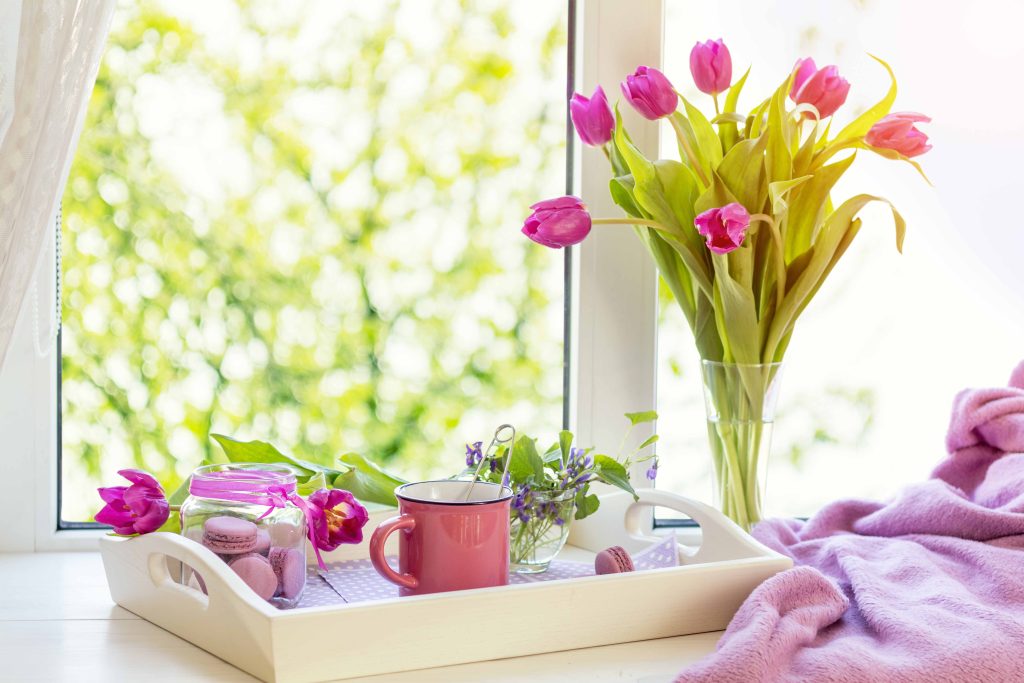 Scented Candles and Atmospheric Pollution in the home.
Scented Candles and Atmospheric Pollution in the home.
In a recent study Professor Alastair Lewis of the National Centre for Atmospheric Science in York, England looked at the presence of volatile organic chemicals (VOCs) in six similar homes over 5 days. Limonene was the chemical found in the highest levels. The houses using the most cleaning products had the highest levels of limonene, which is harmless by itself, but when it combines with ozone – in the air – it forms formaldehyde. Formaldehyde is a known secondary product of fragrance chemicals when they react in the air. It is a carcinogen (a cancer-causing chemical) and can cause skin irritation and respiratory symptoms.
Emma’s Candles are naturally fragranced using only pure essential oils, of varying percentages from 3% – 10%. Many of these pure essential oils include Limonene, Terpinen, and a-Pinene among other Volatile Organic Chemicals in their natural chemical composition, these VOCs are naturally occurring in most essential oils, and they give that ‘Pine Fresh’ or ‘Citrusy Clean’ Oranges & Lemons taste & smell and they also actually help to physically cut through dirt, grease and grime when used in polishes and cleaning products.. Limonene is also commonly used in cosmetics, medicines and as a food additive.
My concerns are raised when these naturally occurring chemical components have been isolated, and are added in highly concentrated amounts to synthetic fragrances (including perfume, room sprays, diffusers, candles), household and commercial cleaning fluids, they can build up in an atmosphere and mixed with ozone can turn into carcinogenic Formaldehyde.
Formaldehyde is actually already found in high levels in the home as it is sometimes contained in and released from furniture, paints, glues, MDF, insulation, and many cleaning products, cosmetics like hair straightening and nail strengthening formulations and so has lately been the target of a lot of such studies about its potential health effects.
If you have concerns about these levels of formaldehyde in your home, you have control, and maybe totally un-fragranced products and not just ‘all-natural’ or ‘eco’ household cleaning products, deodorants, cosmetics, paint, furnishings and of course candles are what you should look for, and if not available then take sensible precautions: ventilation of your rooms is very important at all times, particularly after housework, re-decorating, and especially if you are a fan of burning any type of candles for long periods of time in closed rooms in winter. This and other studies also show that certain house plants have been found to absorb some of the formaldehyde from the atmosphere, so can be beneficial too to have about the house: Chlorophytum (Spider plant), Dracaena (Dragon tree), Scindapsus (Golden Pothos), Hedera helix (English Ivy).
